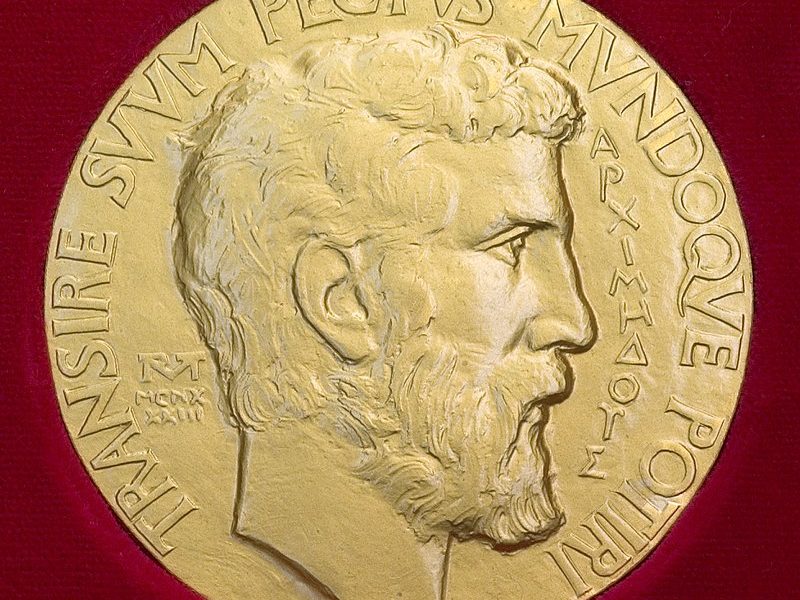We’ll never run out of interesting mathematical questions, according to one of the world’s leading mathematicians who applies insights from his work to everyday life, from tidying away the dishes to assessing the risks of a heart operation.
At the Oxford Mathematics London Public Lecture, Sir Tim Gowers of the University of Cambridge joked that being a mathematician is ‘not just being a bad pocket calculator – there is actually rather more to it than that.’
In 1998, Sir Tim won a Fields Medal, one of the greatest honours in the field, for teasing out deep connections between two mathematical disciplines – functional analysis and combinatorics.
The medal ‘has made a massive difference to my life in a way that it shouldn’t have if the world were really a just place.’
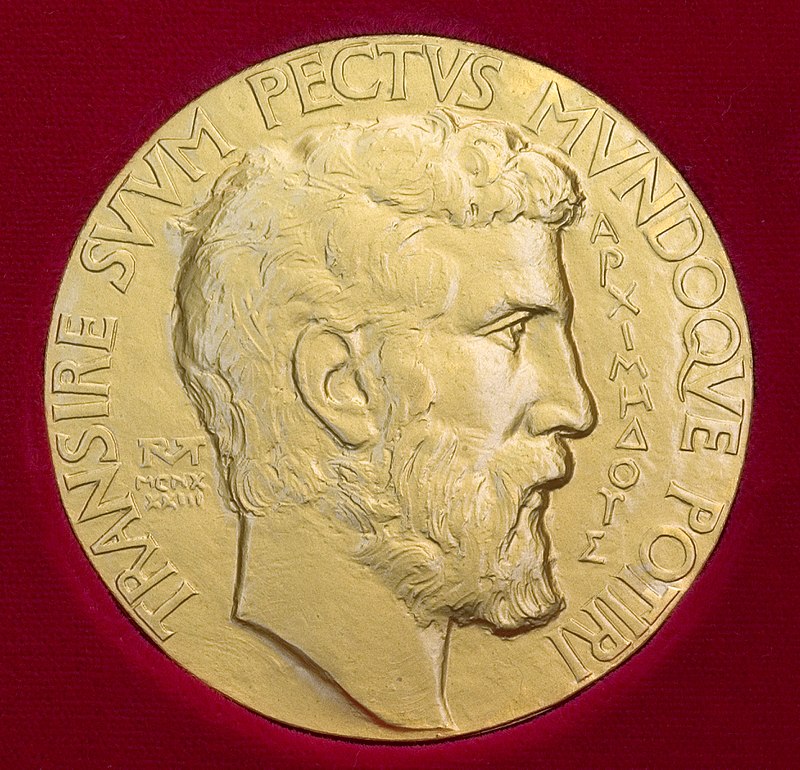
In conversation with Science Museum Group Trustee Dr. Hannah Fry of UCL, author of Hello World and Christmas lecturer for 2019, it became clear that Sir Tim adopts a mathematical approach to his everyday life.
He has had a problem with abnormal heart rhythm and used his expertise to weigh up the risks of a heart operation, in which cardiac tissue responsible for atrial fibrillation is burnt out.
‘Do I really want to have this one in a thousand risk of dying?’ he asked himself. Further research led him to ponder the mortality risk for two months at the age of 50.
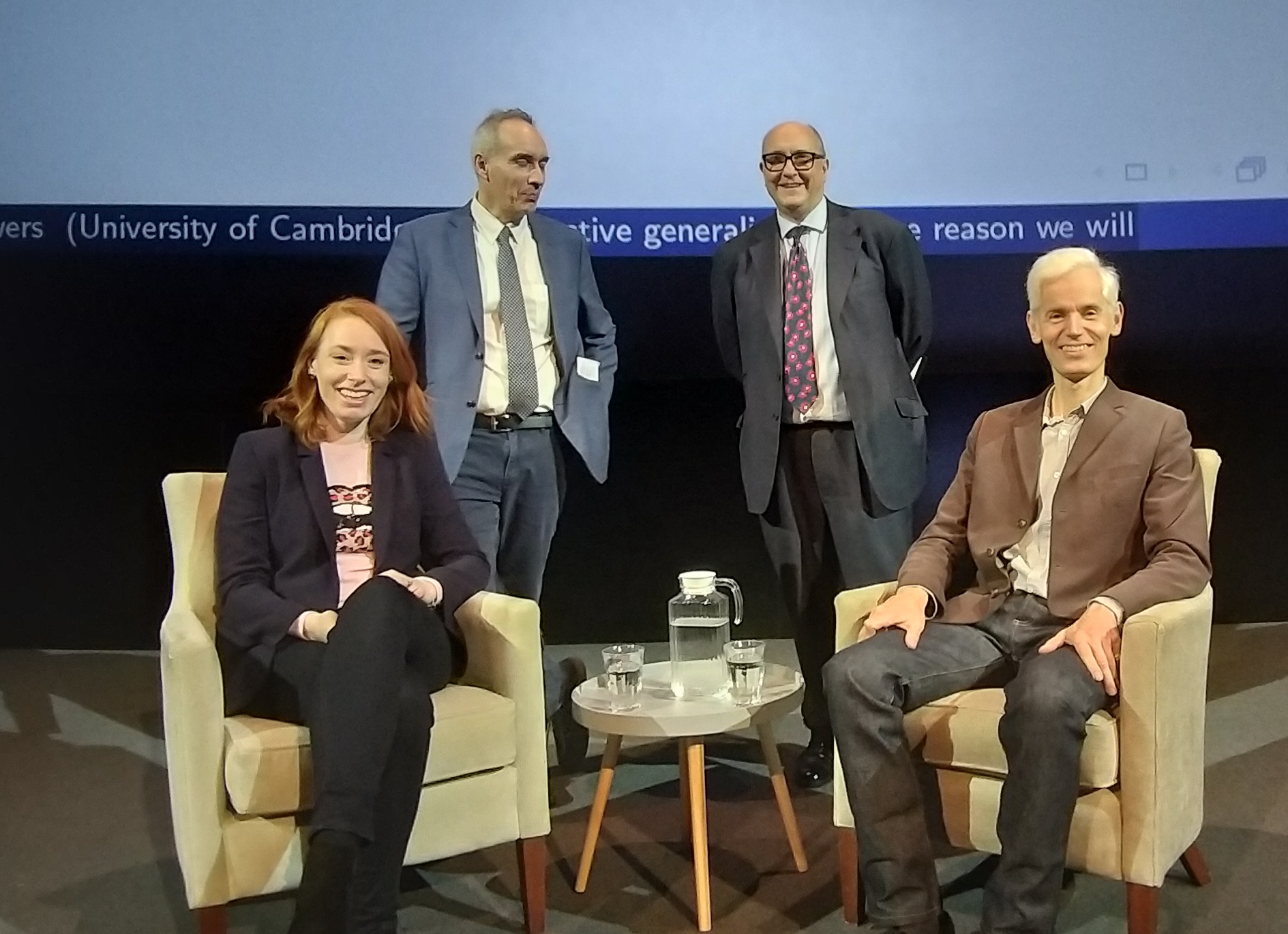
He found that, in effect, a month’s risk would be concentrated into the operation, so he decided to go ahead. The operation worked.
He has also pondered the politics of Brexit and tactical voting, adopting a game theoretic approach, and puzzled over a deep postprandial issue, namely the most efficient way to tidy away dishes from the table to sink to the cupboard, in what must be the ‘travelling washer-up problem.’
‘I promise I have a life beyond that,’ he added, though he admitted he did not often tell his family about his quest to make everyday life more efficient with the aid of mathematics. When he has suggested more ergonomic approaches, ‘I have been slapped down very quickly.’
Sir Tim used ‘the largest slide I have ever had the pleasure of presenting’ on the IMAX screen to begin his lecture on how it is possible to go from mathematical patterns to general definitions, concepts and statements.
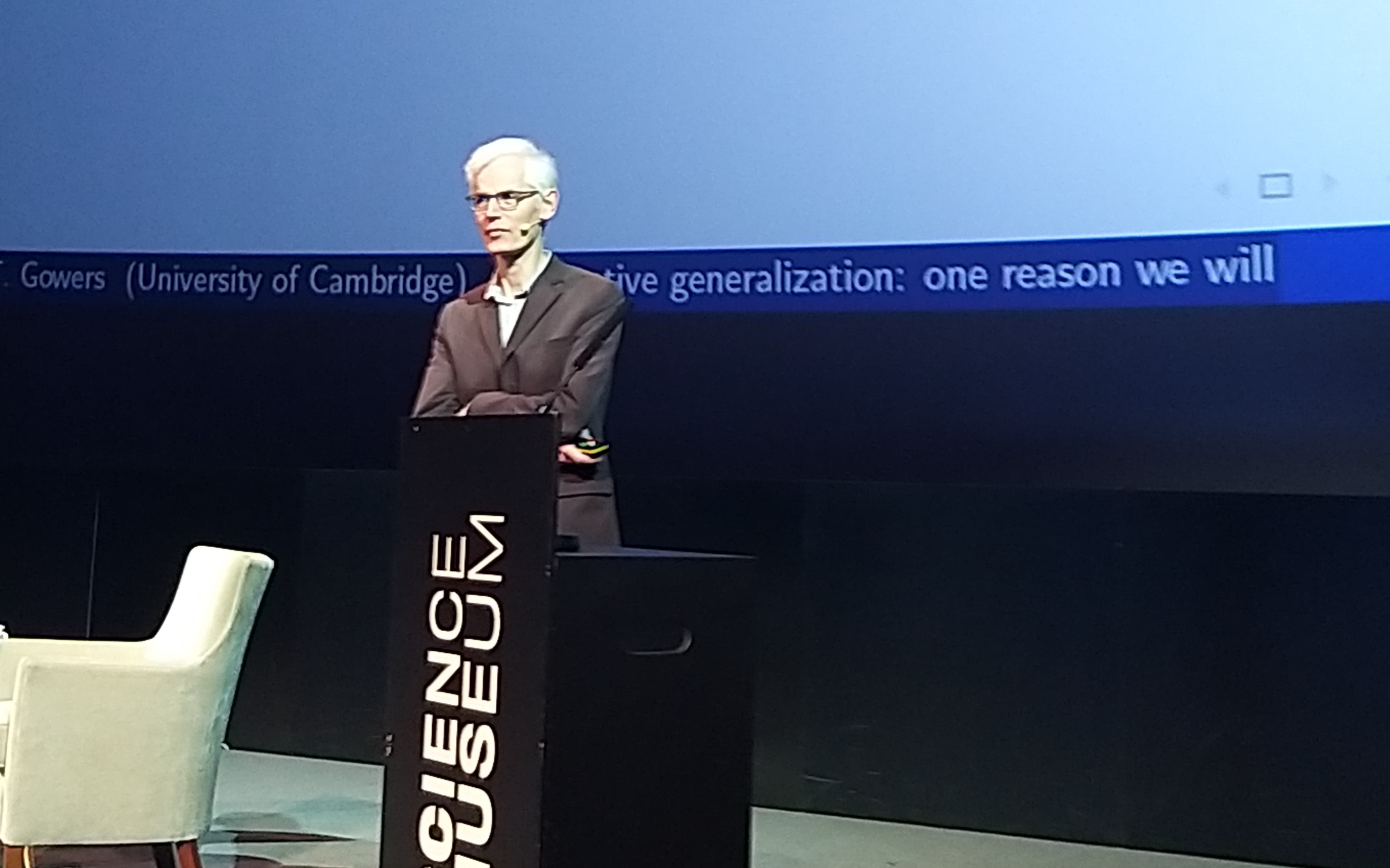
He went on to demonstrate how it is possible to generate new insights and questions by cross-fertilising generalisations that are ‘orthogonal’ (utterly different) from each other.
By this approach, one can chart a path to ‘the frontiers of mathematics’ – where he is currently venturing forth with one of his students – and where ‘we will never run out of interesting mathematical questions.’
Sir Tim believes that computers will play an increasingly important role in pure mathematics. Their use in automatic theorem proving, for instance, to verify proofs in number theory, or to cross-reference your work with other findings, ‘really interests me.’
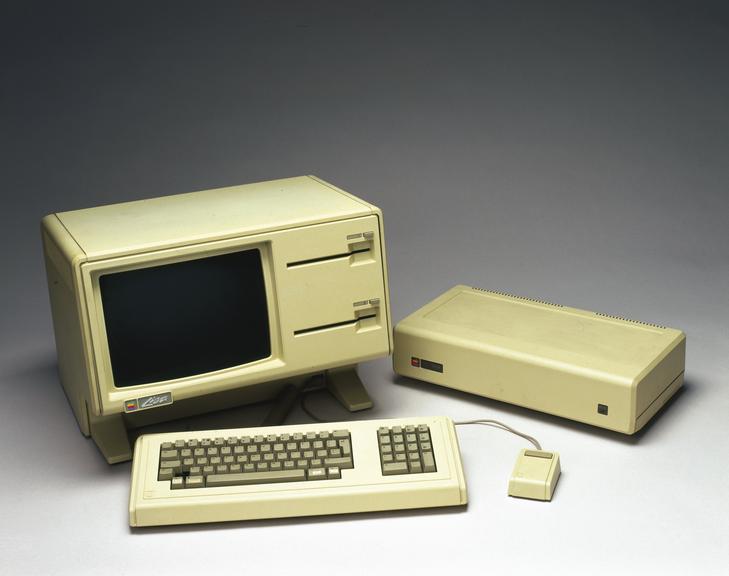
He holds the ‘minority view’ that computers will eventually take over from human mathematicians, even if they are able to intuitively understand answers (Ramanujan is a famous example).
He believes humans will still play an important role for the foreseeable future though, at some point, there will be a ‘Golden Age of Mathematics,’ where computers prove to be extremely useful, ‘but don’t quite yet spoil all the fun.’
But the golden age might be short lived, he added.
His evening public lecture was the third held in the museum after earlier events with Andrew Wiles and Roger Penrose, and I started the proceedings with Oxford Mathematical Institute’s Director of External Relations, Prof Alain Goriely.
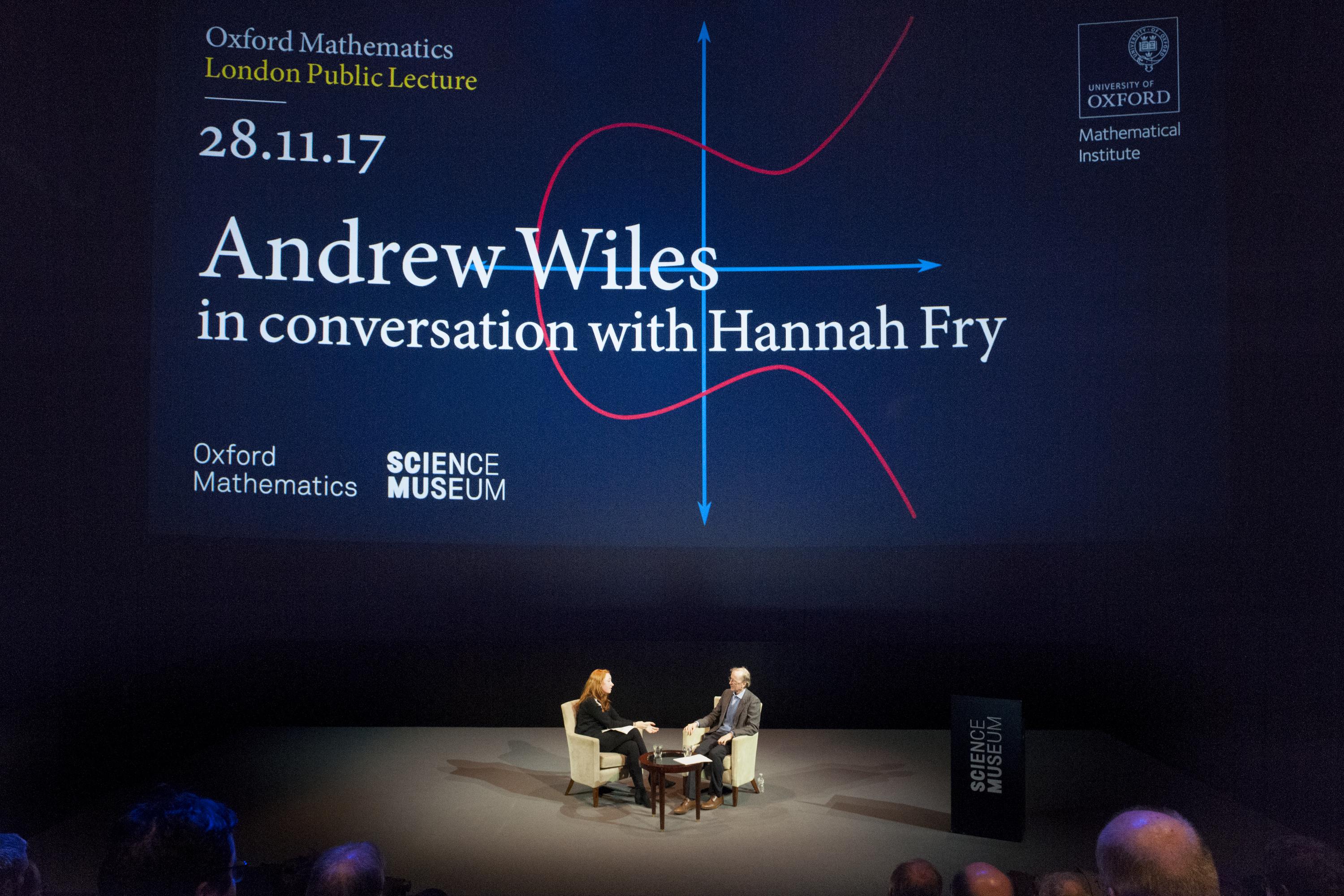
Mathematics is at the heart of the Science Museum, from Mathematics: The Winton Gallery, where architect-mathematician Zaha Hadid crystallised abstract mathematical thinking into beautiful physical forms, to the cryptography in our Top Secret exhibition, artificial intelligence in Driverless and the scanners, crystallography, epidemiology and more in Medicine: The Wellcome Galleries.
All around the museum is evidence, as if we need it, of what physicist-mathematician Eugene Wigner described in a lecture 60 years ago as “The Unreasonable Effectiveness of Mathematics.”
Science Museum evening events cover everything from cult film screenings and live performances to gripping panel discussions and exclusive premieres. Find out what’s on this winter.
